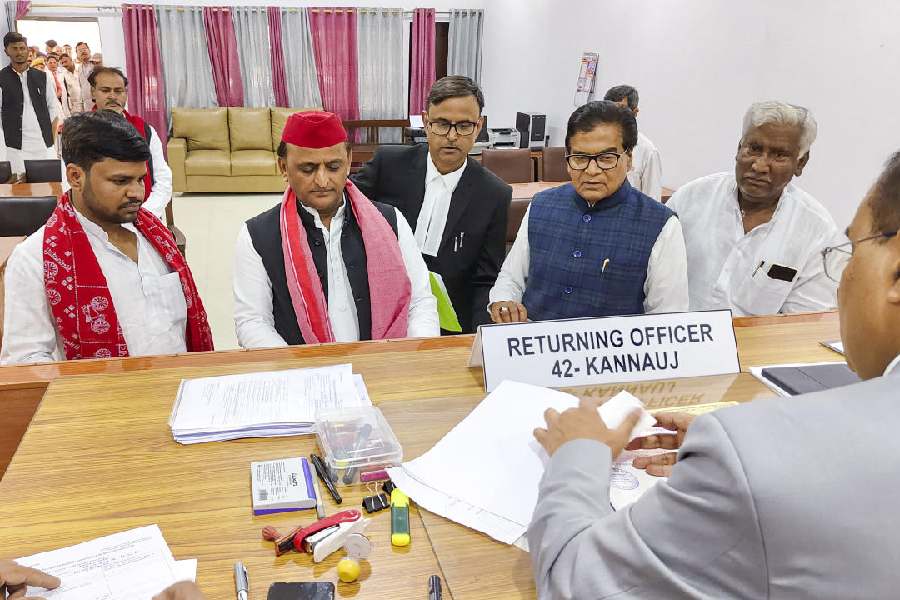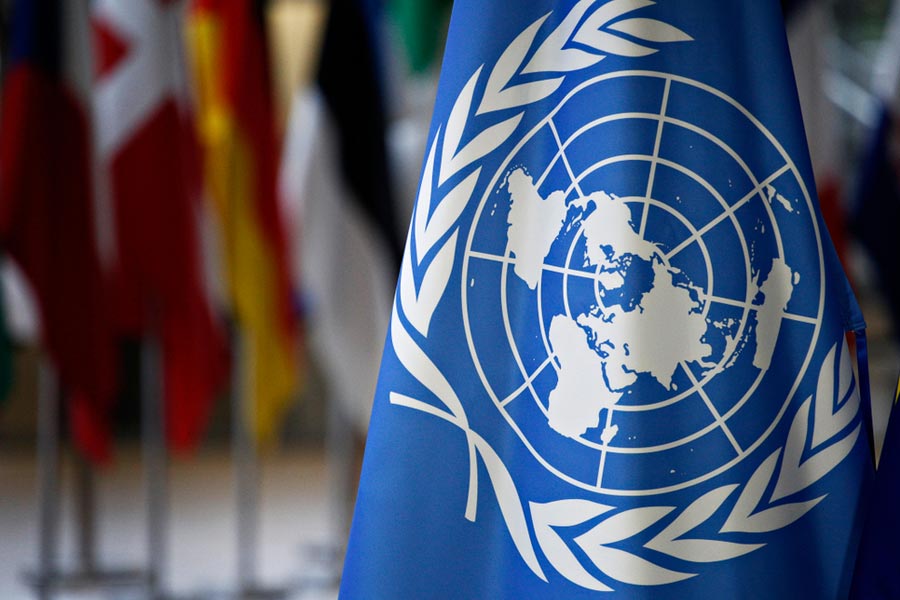Despite the Union health ministry’s persistent denials of community transmission of the coronavirus, India’s current containment and planned surveillance efforts are exactly the responses required to address community-level spread of the virus, public health experts said.
As the country’s count of coronavirus patients crossed 12,000 on Thursday, health officials signalled plans to launch continuous nationwide surveillance for the coronavirus using rapid antibody test kits that they cautioned were not intended for diagnosis of the disease in individual patients.
Government officials said a consignment of 650,000 antibody test kits was expected to arrive from China on Friday.
“These are not for the purpose of diagnosis,” said Raman Gangakhedkar, the head of the epidemiology division at the Indian Council of Medical Research (ICMR). “We plan to use these kits for surveillance to see infection trends over time.”
The diagnostic test for coronavirus disease (Covid-19) looks for direct genetic material of the virus in nose or throat swabs. The antibody test looks for antibodies made by the human body in response to the virus that appear days into the infection.
The antibody tests have relatively low reliability, which could yield false negative or false positive results, the ICMR official said.
“But when we’re doing surveillance, when we’re looking at changing trends of the infection over time, slight deviations do not really matter, Gangakhedkar said.
The surveillance plan, announced by Gangakhedkar and the graded containment strategies outlined by the health ministry for implementation in all districts, with additional measures in districts labelled as hotspots, are responses required to address community transmission, experts said.
For instance, the health ministry’s guidelines recommend strategies such as geographic quarantine in areas with “large outbreaks amenable to containment”.
For areas under geographic quarantine, local district authorities would need to define the containment and buffer zones and prevent outward movement of people from the containment zone except to seek essential services, including medical emergencies.
And within the zones, they need to look out for people with severe acute respiratory illness.
“What is a large outbreak over a geographic area amenable to containment if not community transmission? For some reason, the health ministry does not want to use the terminology,” said T. Sundararaman, a community medicine expert in Mumbai.
A letter sent by health secretary Preeti Sudan to all the states on Wednesday had listed 377 Covid-19-affected districts, 170 of them labelled as hotspots because they had large outbreaks or multiple clusters of the infection.
Her letter, while urging strict containment and cluster-containment measures in the affected districts, also asked the states to introduce surveillance for severe acute respiratory illness and influenza-like illness in districts that had not yet reported Covid-19 cases.
An ICMR panel also plans to propose a nationwide district-level household survey of asymptomatic people every two weeks to track the infection over time.
A health official said on Thursday that 325 districts in the country had not reported the coronavirus and 27 districts in 17 states had reported no new cases over the past 14 days.
But a public health specialist underlined that the only way the country could be “absolutely sure” that certain districts were infection-free was through surveillance and testing.
“We know the virus has spread in the community at multiple locations,” said Oomen John, a public health expert with The George Institute for Global Health, New Delhi.
A surveillance exercise by the ICMR had found strong evidence for community transmission in 36 districts.
A day after the ICMR released its surveillance findings, a health ministry official had denied community transmission in the country. The official had earlier this week again denied community transmission.
The Union health ministry on Thursday recorded 826 new patients with Covid-19, raising the number of confirmed cases to 12,759, including 1,515 who have recovered and 420 dead. The patients are in hospitals in 377 districts.
Five states — Maharashtra, Delhi, Tamil Nadu, Rajasthan and Madhya Pradesh -— account for 63 per cent of all the patients in hospitals.










